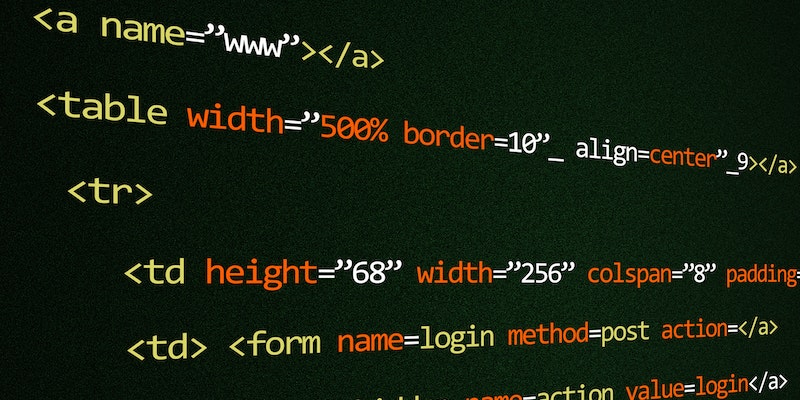In the realm of cybersecurity, zero-day vulnerabilities pose a significant threat. These vulnerabilities are unknown to software developers, making them highly effective tools for malicious actors. This article delves into the exploitation of a critical zero-day vulnerability (CVE-2023-20198) in Cisco IOS XE’s Web UI feature. We will explore the implications of such exploits, the affected devices, and the necessary cautionary measures to prevent unauthorized access. Additionally, we will examine Cisco’s detection of suspicious activities and their response to addressing this vulnerability.
The Significance of Zero-Day Vulnerabilities
Zero-day vulnerabilities, also known as 0-day vulnerabilities, refer to undisclosed system flaws that have not yet been patched or received a security update. These exploits are advantageous to cybercriminals as they take advantage of software vulnerabilities that are unknown to the developers and, consequently, lack defensive measures. By leveraging zero-days, attackers can bypass security mechanisms, gain unauthorized access, and potentially assume control over targeted systems.
The Exploit of the CVE-2023-20198 Zero-Day Vulnerability in Cisco IOS XE
Recently, threat actors have been actively exploiting a zero-day vulnerability (CVE-2023-20198) in Cisco IOS XE’s Web UI feature. This critical exploit affects devices with exposed HTTP/HTTPS server functionality when connected to the internet or untrusted networks. The Web UI, a graphical user interface, simplifies system management without requiring additional installation or licensing. However, its exposure to the internet or unreliable networks poses significant security risks.
Implications of Exploiting Zero-Day Vulnerabilities
The exploitation of zero-day vulnerabilities allows malicious actors to bypass security measures and gain unauthorized access to systems. In the case of the Cisco IOS XE vulnerability, attackers can potentially compromise sensitive data, manipulate configurations, and disrupt critical operations. This poses severe risks to organizations, particularly those reliant on Cisco network infrastructure.
Affected Devices and the Role of Web UI Feature
Organizations operating devices with Cisco IOS XE’s Web UI feature are directly susceptible to the CVE-2023-20198 vulnerability. This flaw compromises device security when exposed to the internet or untrusted networks. The convenience of the Web UI feature in simplifying system management is outweighed by the potential for unauthorized access. It is strongly recommended not to expose the Web UI to untrusted networks or the internet to mitigate security risks.
Cautionary Measures Against Exposing Web UI
To mitigate the risks associated with the Web UI feature, organizations should implement strict security controls. Preventing exposure of the Web UI to unreliable networks or the internet significantly reduces the attack surface and limits potential avenues for unauthorized access. Employing network segmentation, strong access controls, and regularly updating the system can further enhance the overall security posture.
Detection and Confirmation of Suspicious Activity by Cisco
On September 18, Cisco detected suspicious activity on a customer device, which triggered a deeper investigation. By September 28, Cisco confirmed the presence of behavior related to the zero-day vulnerability. The observed activity involved the creation of a ‘cisco_tac_admin’ account from an unusual IP address (5.149.249[.]74). This discovery prompted Cisco to increase efforts to combat the exploit and protect affected users.
Details of the Suspicious Activity and the ‘cisco_tac_admin’ Account
Throughout the period of observation, the suspicious activities persisted until October 1, after which no additional related behavior was observed. The creation of the ‘cisco_tac_admin’ account from an unfamiliar IP address raised alarms within the Cisco security team. The establishment of unauthorized administrative privileges through this account represents a potential avenue for extensive damage within affected systems.
Cisco has acknowledged the existence of the zero-day vulnerability and the potential impact it poses to users. As a responsible vendor, Cisco is likely actively working on a patch to address the CVE-2023-20198 vulnerability. Timely patch development, coupled with comprehensive user communication and advisories, can help organizations swiftly mitigate risks associated with this exploit. Users are strongly encouraged to stay informed and implement the necessary security measures as Cisco works towards delivering a solution.
In the ever-evolving landscape of cyber threats, the discovery and exploitation of zero-day vulnerabilities demand heightened vigilance. By understanding the significance of such exploits, ensuring robust security measures, and leveraging prompt vendor response, organizations can arm themselves against potential attacks and safeguard critical systems.

